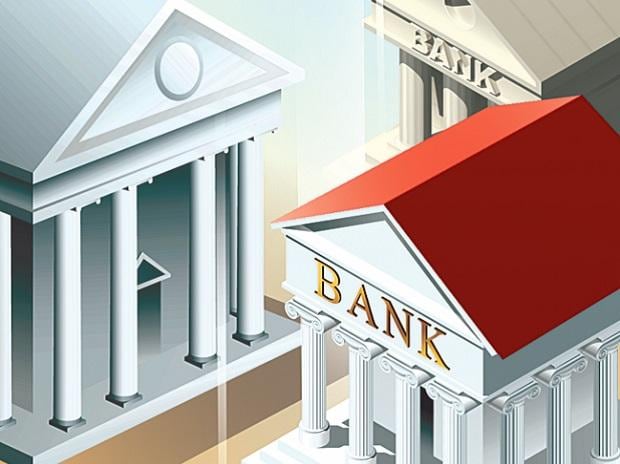[ad_1]
Riding on a broad-based economic recovery and stronger, cleaner balance sheets, lenders are expected to see their credit growing at 15 per cent this fiscal and the next, a report said on Tuesday.
Credit growth so far this fiscal has printed in at around 18 per cent, which is a decadal high.
Already, large lenders have seen corporates flocking to banks for funds for capital expenditure and also for working capital as the demand side of the economy is faring better.
SBI has the best corporate loan sales in Q2 recording a 20 per cent growth and so did most other lenders including private sector banks.
Bank credit is seen growing 15 per cent per annum in fiscals 2023 and 2024, Crisil said in a report.
The agency said that its forecast is based on an expected 7 per cent GDP growth this fiscal, as well as the expected continuation of the credit push from government’s infrastructure spends, higher working capital demand in a high-inflation environment, and some substitution of debt capital market borrowings.
The report admits that even though growth would moderate next fiscal (consensus is around or under 6 per cent), this would be on a higher base, thereby having limited impact on credit demand.
In the past four-five years, the report noted that asset quality challenges resulting in higher gross non-performing assets, the RBI putting many banks under the prompt corrective action (PCA) framework, and limited capital buffers have constrained credit growth, particularly for public sector banks.
But now after a significant clean-up and strengthening of balance sheets, along with substantial equity infusion, state-run banks are eyeing higher growth. As a result, their credit growth is seen at 12 per cent over this fiscal and next, still lower than the 17 per cent expected for private banks, the report said.
The agency expects credit growth this year to be driven more by retail and MSME segments, while corporate credit could be the larger contributor next fiscal.
According to Krishnan Sitaraman, a senior director at the agency, corporate credit, which forms 45 per cent of overall credit, may grow at a two-year compounded annual growth rate of 10-12 per cent till March 2024, after a mere 3 per cent between fiscals 2019 and 2022.
This year, the corporate loan book is boosted by the additional working capital requirements due to high inflation and move from the bond markets to bank loans, given the interest rate movements, he said, adding, on the other hand, next fiscal should see a revival in private sector capex, which then will become the key driver for higher corporate credit growth.
Retail credit, which constitutes 26 per cent of total advances, is expected to grow the fastest at 17-19 per cent, driven by home loans which is the largest sub-segment despite the rising interest rates and real estate prices.
Unsecured retail loans, which were muted during the pandemic, have started to grow again as this remains a lucrative segment for banks. However, the impact of a continued rise in interest rates on retail credit demand needs to be seen, he warned.
The MSME segment is expected to grow at a reasonable rate of 16-18 per cent over this fiscal and the next, while agriculture credit growth is expected to hover around 10 per cent, supported by reasonably normal monsoons and harvest.
While credit growth so far this fiscal has printed higher, the second half should see this moderating and the closing the full year with 15 per cent growth. In fact, in fiscal 2022, over 90 per cent of the incremental credit was added in the second half of the year.
According to Subha Sri Narayanan, a director at the agency, what will be a key monitorable in this high credit growth environment is whether deposit growth can keep pace. The past few months have seen a trend reversal with credit growth running ahead of deposit growth. Also, surplus liquidity in the system is normalising, forcing banks to raise deposit rates at a faster pace.
(Only the headline and picture of this report may have been reworked by the Business Standard staff; the rest of the content is auto-generated from a syndicated feed.)
[ad_2]
Source link



